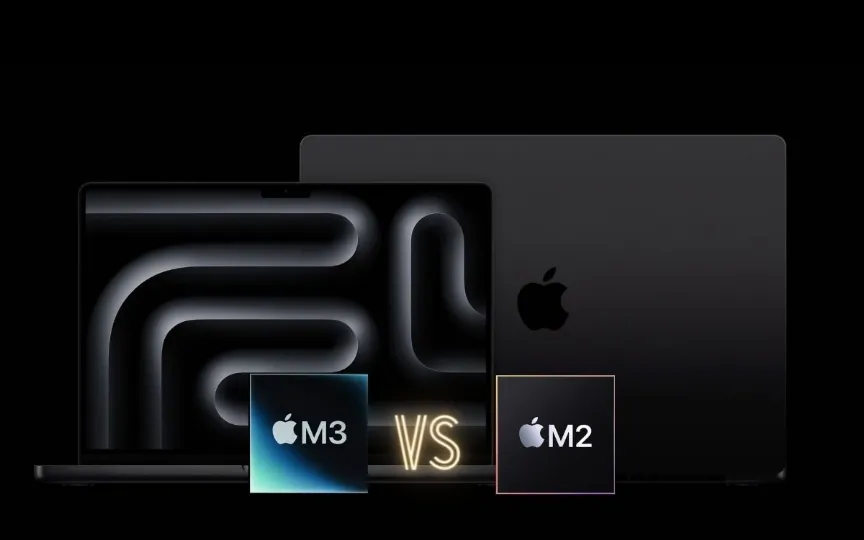Comparing Apple MacBook Pro M3 to M2 and M1 Models
Apple announced a new M3-powered Mac lineup on Tuesday, featuring a new 24-inch iMac and a new MacBook Pro in 14- and 16-inch versions powered by the M3, M3 Pro, and M3 Max chipsets.
Not much has changed in terms of design, aesthetics and overall product, apart from the new performance improvements of the 3nm-based M3 chipset. However, Apple’s new MacBooks include a number of subtle changes that add up. Let’s take a look at the differences between the M3-powered 14-inch and 16-inch MacBook Pros compared to the older M2 and M1 generations.
For starters, Apple has made a big change for the 14-inch MacBook Pro. Now it is possible to buy it with the base chipset M3 (10-core GPU). Earlier, the high-end 14-inch MacBook Pro was only available with either the M2 Pro or the M2 Max, starting at Rs 1,99,900. Now, the M3-powered 14-inch MacBook Pro costs Rs 1,69,900, bringing down the entry price by Rs 30,000. This could serve those looking for a high-end MacBook Pro for its ProMotion display, speakers and other features, without necessarily requiring the Pro performance of the M3 Pro or M3 Max. It’s important to note that the base model has 8GB of RAM and only two Thunderbolt ports, so this aspect needs to be taken into account.
Another significant change can be seen in the ProMotion screens of the new laptops. Reportedly, they now feature a panel that achieves up to 600 nits of SDR content, making it 20% brighter than previous panels. The peak brightness of HDR content remains at 1600 nits. Apple rates the MacBook Pro displays as “the best display in the world”, which is still equipped with 120Hz ProMotion technology.
Not much has changed in terms of design and aesthetics. It retains the same chassis and form factor, but Apple has introduced a new ‘Space Black’ finish on the new 14-inch and 16-inch MacBook Pro. Apple claims to have solved the fingerprint problem on dark laptops with “breakthrough chemistry that forms an anodizing seal to reduce fingerprints.” However, this finish is exclusively available with the M3 Pro and M3 Max configured MacBooks. Therefore, if you like the 14-inch MacBook Pro with the M3 chipset, you can just use the classic Space Gray or silver.
In terms of performance, Apple is not comparing the new models to the M2 series, but rather to the M1 Macs, for obvious reasons. According to Apple, the 16-inch MacBook Pro with M3 Max is up to 2.5 times faster than the 16-inch MacBook Pro with M1 Max, while the 14-inch MacBook Pro with M3 is up to 60 percent faster than the 13-inch MacBook Pro. inch MacBook Pro with M1.
Apple also notes that applications such as Photoshop and DaVinci Resolve have seen significant performance improvements. Another significant change is the gaming performance of these devices; Now that the M3 lineup supports features like ray tracing, users can expect better performance going forward.




